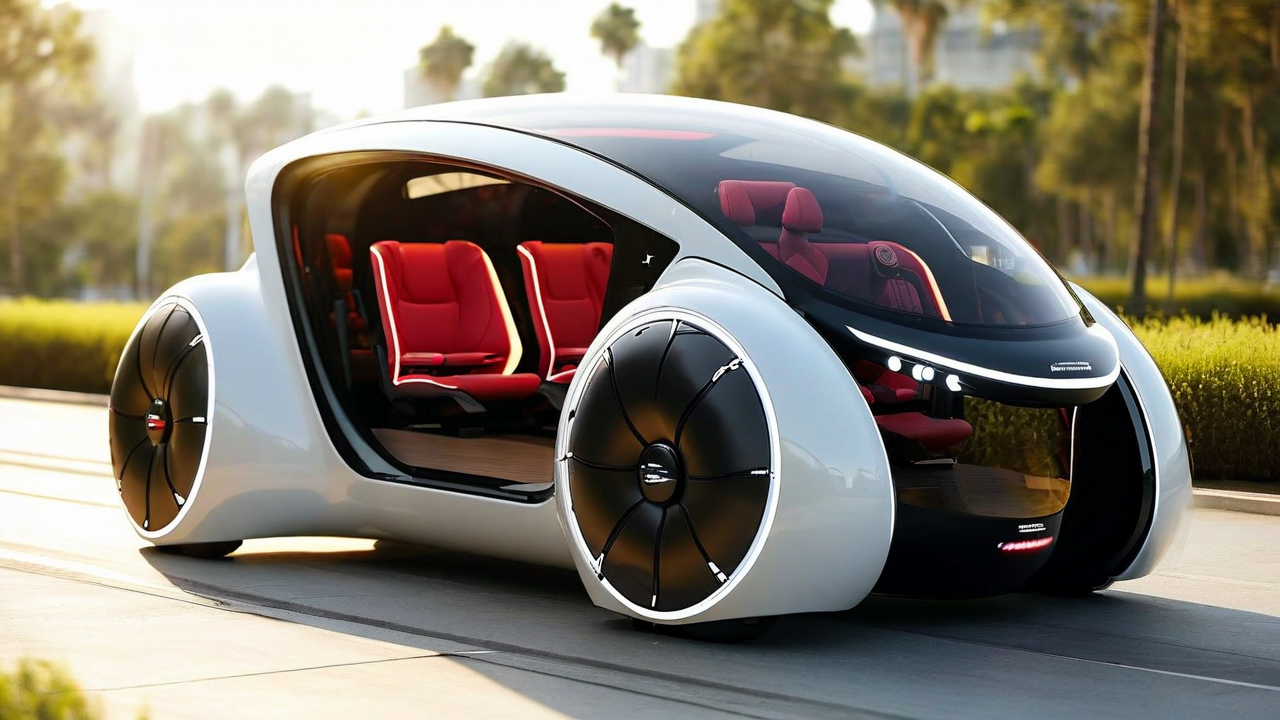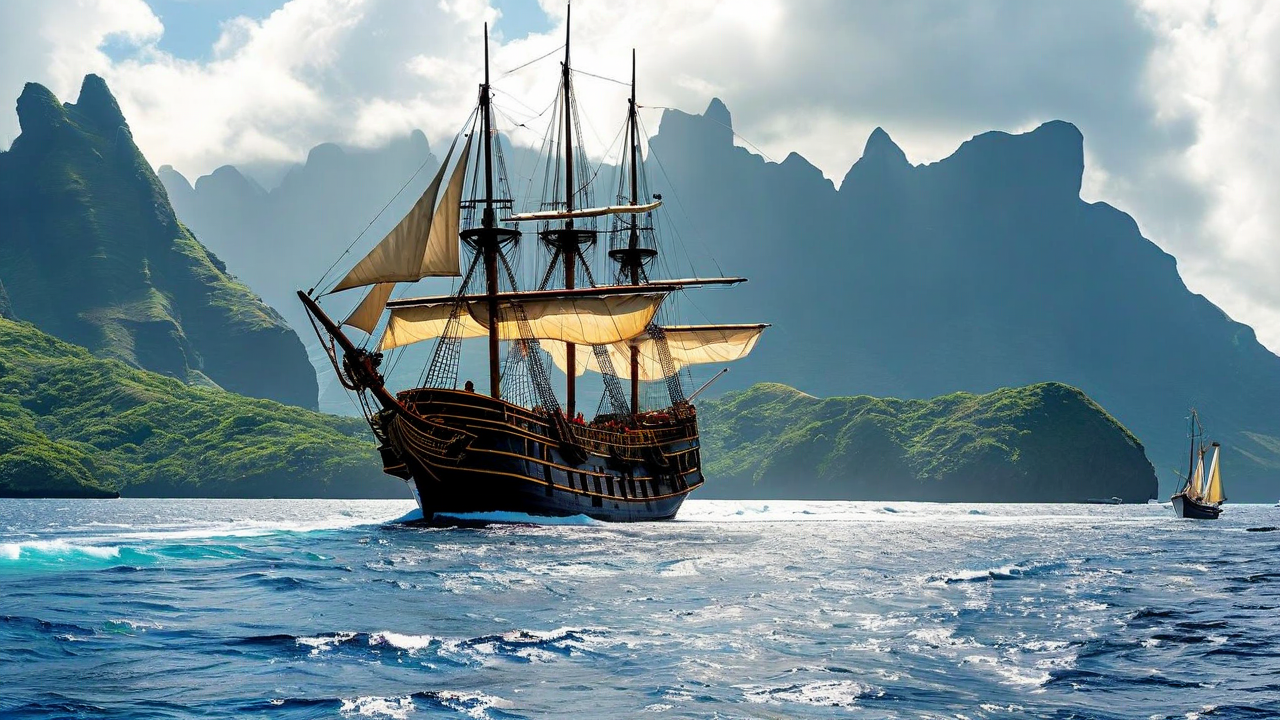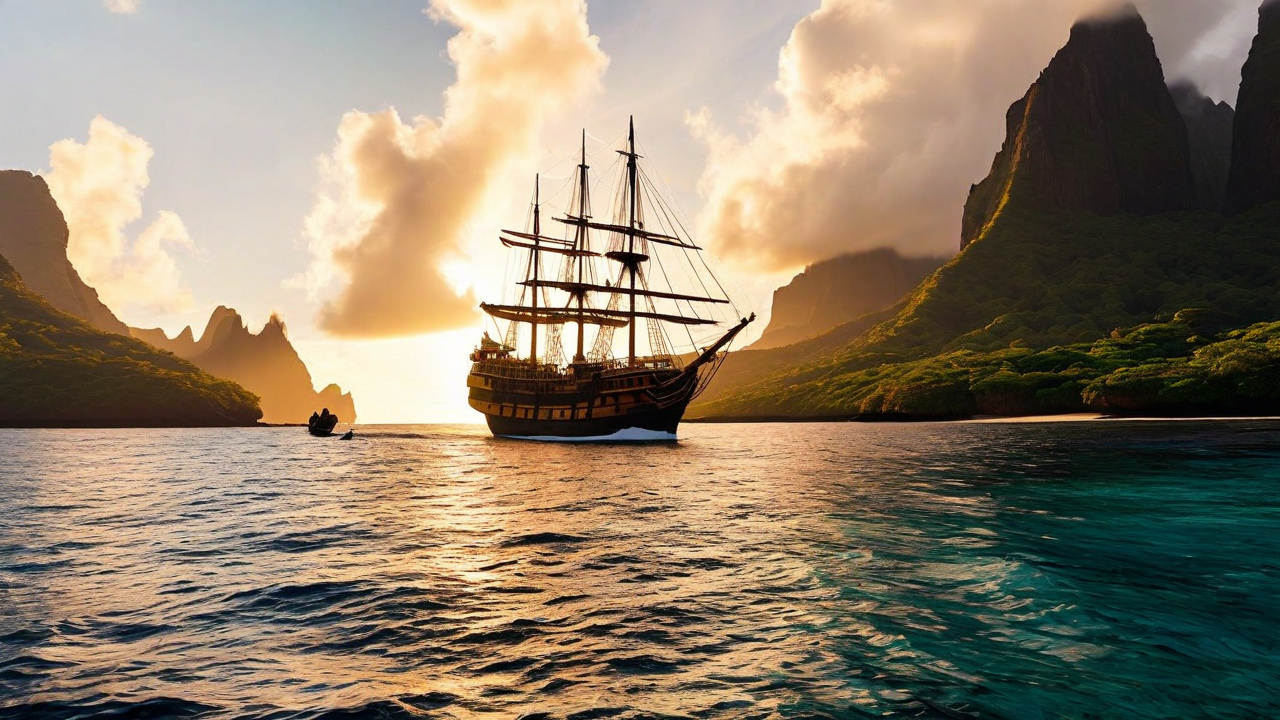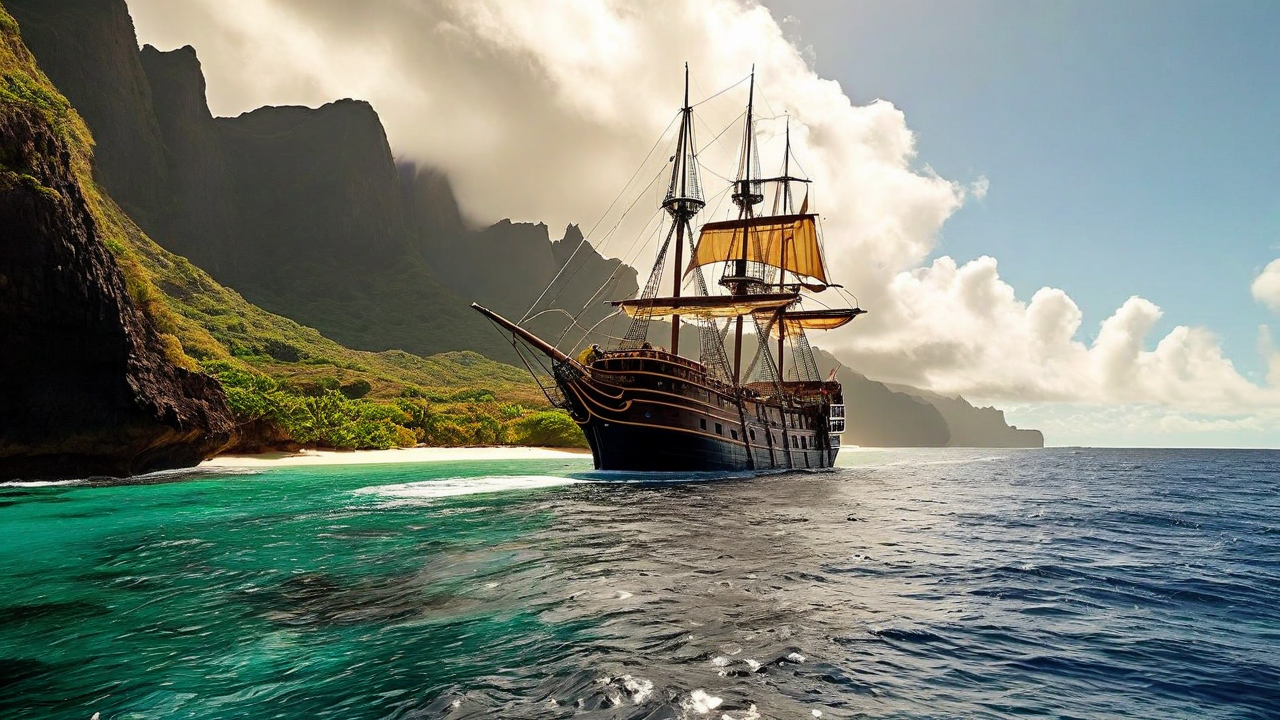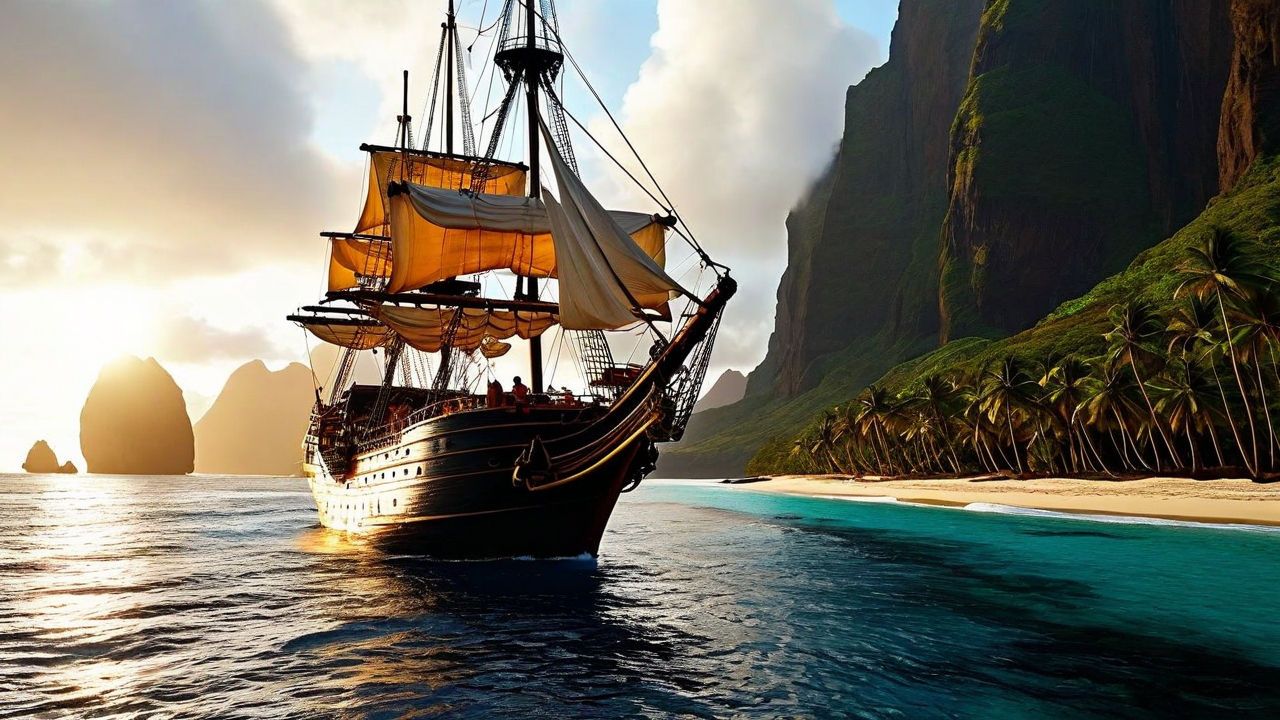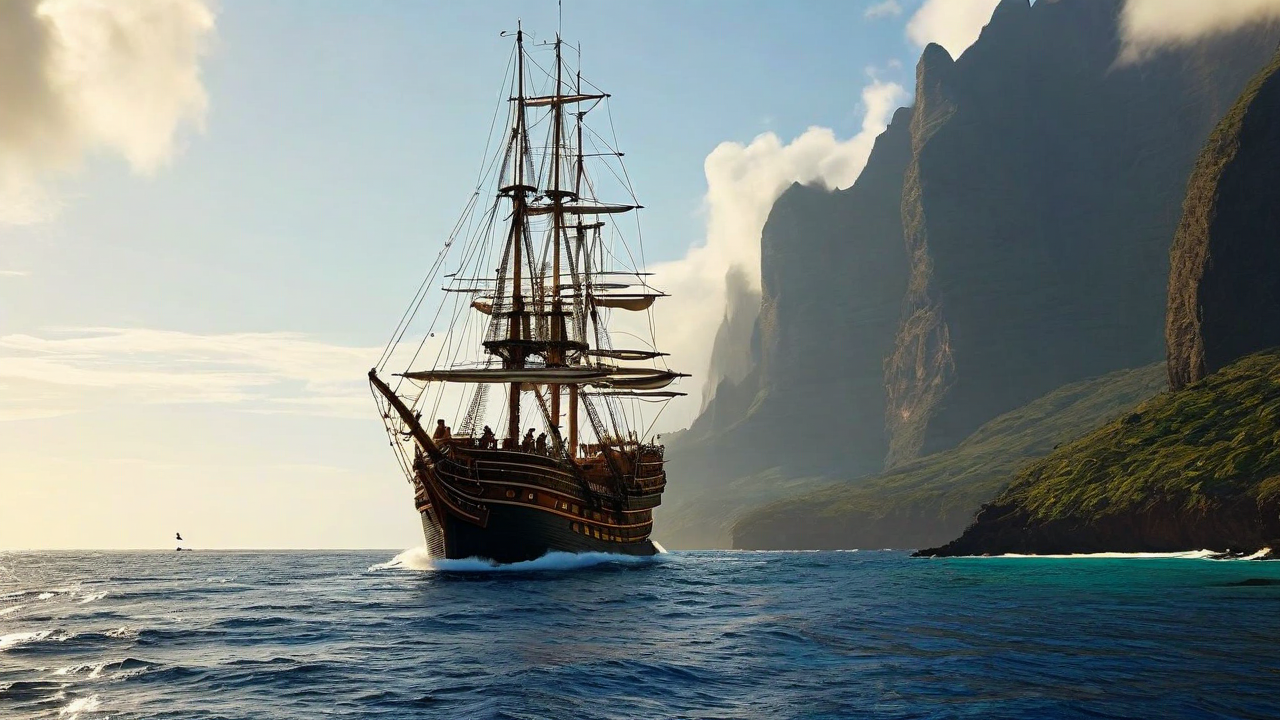Turning Text into Art: Using AWS Nova to augment Blog post with illustrations
Abstract
When hosting a post content majority of hosting platforms provide the top header image section that acts as a hook to associate blog’s content with some visualization and this is actually the first big thing that audience will see.
For content creators there are many libraries with free images like pexel, also there non-free subscription based photos/images catalogues. Often you spend some time to select an image that is more accurate to blog post content.
But, such platforms perform images search only based on single tag input - so you can not fully search/describe the image that you are interested in.
The idea
Having access to AWS Nova and looking at its latest features I got the idea that such images search (actually generation) based on post content can be automated using AWS Nova Canvas.
The implementation is a cli tool, that:
- perform as a regular cli script (can be integrated into makefile, pipelines, flows and triggered manually)
- should have blog-post file in MD-format as input
- should be wizard-based (have step-by-step guided for user)
- should automatically summarize blog post text into few sentences (using some of Hugging Face summary models), but also have possibility to manually enter the summary
- read specific settings of fine tuning from yaml configuration file
- call AWS Nova Canvas to generate images according to summary and tuning settings
Flow Diagram
flowchart TD
MD[MD-file] -->|parse content| C1[PROCESS CONTENT]
C1[PROCESS CONTENT] -->|option1:| A[Direct Input]
C1[PROCESS CONTENT] -->|option2:| AA[Meta facebook/bart-large-cnn]
C1[PROCESS CONTENT] -->|option3:| AAA[title/description from MD]
A[Direct Input] -->|manually input summary| S[SUMMARY]
AA[Meta facebook/bart-large-cnn] -->|generate summary from content| S[SUMMARY]
AAA[title/description from MD] -->|read MD section| S[SUMMARY]
S[SUMMARY] --> B[Load extra Nova Settings yaml]
B -->|bedrock call| C[AWS Nova to generate images]
C -->|decode payload| E[Save images]
Configuration is extracted into YAML file
AWS Nova Canvas has specific features that are a good candidate for extraction into commonly used configuration format yaml. Having them isolated allows to tune parameters without cli tool modification.
By using them we can control the behaviour of image generator:
1
2
3
4
5
6
7
8
9
colors:
- "#FF9900"
- "#3366FF"
numberOfImages: 5
width: 1280
height: 720
seed: 12
cfgScale: 6.5
summaryModel: "facebook/bart-large-cnn"
- colors: set the color gamma that will be used by AWS Nova when generating images
- numberOfImages: choose 3-5 so you can peel up from them
- width x height in pixels
- seed, cfgScale are Nova model controls:
- summaryModel: by default
facebook large bartis used to prepare summary based on blog post content, can be switched to small or other model provider
Text Summarization
This can be achieved using online cloud services, like AWS Comprehend, Titan Models AWS Bedrock, Sagemaker, etc.
But I decided to apply offline local summarization using one of Hugging Face model facebook/bart-large-cnn" - it is Meta pretrained transformer model some variant of the BART (Bidirectional and Auto-Regressive Transformers) architecture, that fine-tuned for text summarization (particularly on the CNN/DailyMail dataset).
The goal is that later I can easily switch model to any other from Hugging Face, that is more specific to knowledge domain, latest or more accurate.
CLI tool execution is wizard-based
Trigger flow
I have a new blog post, (actually this one) that is under 2025-05-12-amazon-nova-canvas.md file MD-format and need to generate image for header.
To do this I’m invoking with python in cli:
1
python3 ./scripts/nova_augment.py 2025-05-13-amazon-nova-canvas.md
Or through Makefile:
1
make gen_image FILE=2025-05-13-amazon-nova-canvas.md
Description is automatically extracted from post (if present)
If description is accurate and enough for images generation we can continue. Otherwise, we can select - generate summary from content or input summary manually:
1
2
3
4
5
6
7
8
9
--- Description extracted from front matter ---
Amazon Nova Canvas: creating images for blog posts
What to use as a summary?
1. Direct input
2. Generate based on content
3. Use current Description
Your choice (1/2/3):
Next we can directly input summary or ask our model to generate summary based on post content.
Summary is generated from post content
1
2
3
--- Generated Summary by facebook/bart-large-cnn model---
I have a new blog post, actually this one that is under ``2025-05-12-canvas.md`` file and need to write. It's about creating images for blog posts with Amazon Nova Canvas.
First we check if post contains title or description, if so it outputs it. Next we can directly input summary or ask our model to generate summary based on post content. generate the header image.
Specify color schema
Color schema defined in yaml file can instrument AWS Nova to generate images using main defined colors. At this step we are selecting to apply such config:
1
2
3
4
5
6
7
8
9
10
11
12
Color Guided Generation:
1. Apply color guided generation ['#FF9900', '#3366FF']
2. Skip color guided generation
Do you want Color Guided Generation (1/2): 1
Generating 5 images (1280x720) ...
Image saved to output_image_0.png
Image saved to output_image_1.png
Image saved to output_image_2.png
Image saved to output_image_3.png
Image saved to output_image_4.png
Once processed - 5 images are generated, now I can review them and select the most appropriate for the post or perform re-prompt.
Few examples of prompts VS images generation by AWS Nova
I was impressed by images quality and want to add here some examples that have initial prompt and generated images:
Prompt 1:
“Ship arrives to Robinson Crusoe island”
Prompt 2:
“In the shadow of the House of Dragons, even kings kneel and the brave hold their breath.”
Nova is great for RPG games images generation - I’m adding in prompt a phrase from “Dungeons & Dragons” table game, we played in the childhood a clone copy of this amazing game that was available in our country under the name “Enchanted Land”. So long ago our mind and generation were drawing all those characters and now it is so easy to build using AI.
Prompt 3:
Prompt I used to generate header image to this post:
“Car of the future for entire family. It can drive fly and swim and has maximum comfort and safety.”
Lifehack: images resize in a second
At my blog I maintain same images in different copies with custom resolutions - for PC and mobile (to save users data traffic).
To resize image I’m using mogrify utility - just hit enter and image is done, no need to open any application, navigate menus, enter px - extremely fast & useful:
1
mogrify -resize 300 -quality 100 generated/nova/output_image_4.png
Code snippets of core blocks:
Summarization with Meta
1
2
3
4
5
6
7
8
9
10
11
def summarize_text(text: str, model) -> str:
from transformers import pipeline
summarizer = pipeline("summarization", model=model)
# Handle long content by summarizing in chunks (Bart's max is ~1024 tokens)
max_chunk = 1000
chunks = [text[i:i + max_chunk] for i in range(0, len(text), max_chunk)]
summary = ''
for chunk in chunks:
out = summarizer(chunk, max_length=150, min_length=40, do_sample=False)
summary += out[0]['summary_text'] + '\n'
return summary
AWS Nova Canvas image generation
1
2
3
4
5
6
7
8
9
10
11
12
13
14
15
16
17
18
19
20
21
22
23
24
25
26
27
28
29
30
31
32
33
34
35
36
37
38
39
40
41
42
43
44
45
def generate_image_with_nova(prompt: str, model_name: str, config, color: bool = None) -> None:
bedrock = boto3.client('bedrock-runtime', region_name='us-east-1') # adjust region
nova_request = json.dumps(
{
"taskType": "TEXT_IMAGE",
"textToImageParams": {
"text": prompt
},
"imageGenerationConfig": {
"cfgScale": config["cfgScale"],
"seed": config["seed"],
"width": config["width"],
"height": config["height"],
"numberOfImages": config["numberOfImages"],
"quality": "standard"
}
}
)
if color:
nova_request = json.dumps(
{
"colorGuidedGenerationParams": {
"text": prompt,
"colors":
config["colors"]
},
"taskType": "COLOR_GUIDED_GENERATION",
"imageGenerationConfig": {
"cfgScale": config["cfgScale"],
"seed": config["seed"],
"width": config["width"],
"height": config["height"],
"numberOfImages": config["numberOfImages"],
}
}
)
response = bedrock.invoke_model(
modelId=model_name,
body=nova_request,
contentType='application/json',
accept='application/json'
)
Images extraction from payload
1
2
3
4
5
6
7
8
9
10
11
12
13
14
15
16
17
18
result = json.loads(response['body'].read())
from base64 import b64decode
# Check if images are available in the response
# make directory 'generated/current_date'
folder_name = datetime.now().strftime("%Y-%m-%d")
os.makedirs(f"generated/{folder_name}", exist_ok=True)
if 'images' in result and result['images']:
for idx, image_data in enumerate(result['images']):
if image_data:
with open(f"generated/{folder_name}/output_image_{idx}.png", "wb") as f:
f.write(b64decode(image_data))
print(f"Image saved to output_image_{idx}.png")
else:
print(f"No image data returned for image {idx}.")
else:
print("No images found in the response.")
Conclusions
AWS Nova Canvas is a great tool for generation of images that has prebuilt configurations and also allows to customize the uniqueness of data.
It is solid and easy with integration through SDK into any flow and provides excellent visualizations.
Interesting observation - weeks later same prompts are generating the same images (maybe it is a cache/map per aws account or global model state, that after retrained and redeployment will show other results).
